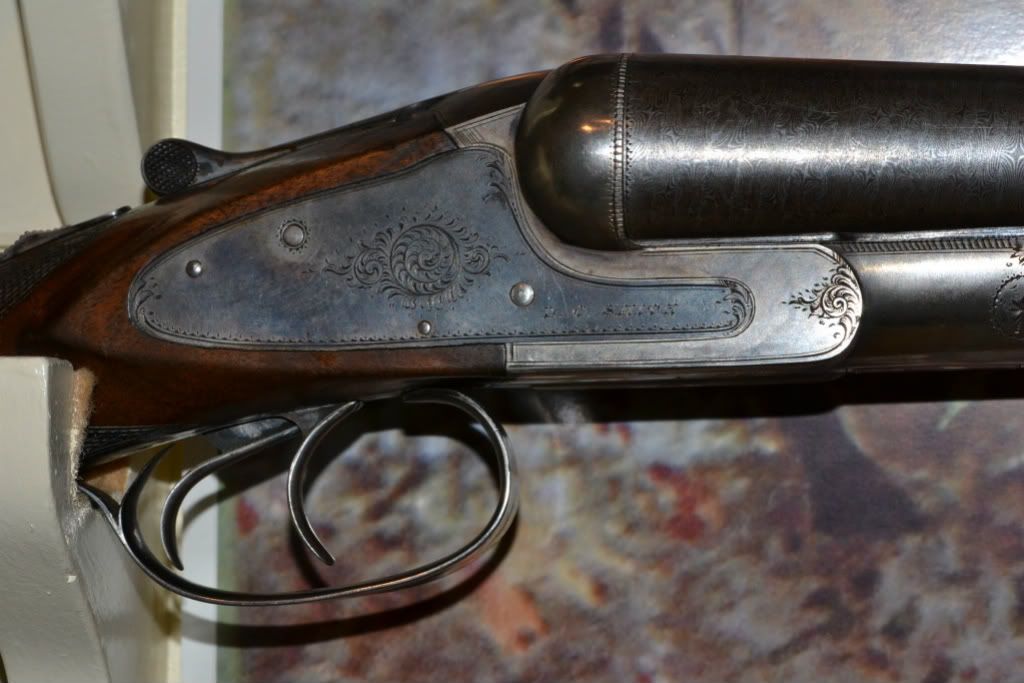
 |
| ||||||||||||||||||||||||||||||||||||||||
|
|
#13 | ||||||
|
Dean,
I Don't want to drift off topic too much, but the picture you posted of your nieces vase is nice. I believe that this piece was Raku fired. This is a process where the clazed piece is fired to temp. and then removed at temp and then placed in a trash can with straw, hay, papers and other organtic materials. It creates a wonderful effect. There is also an old Native american method called pit firing which is just the bare unglazed clay that is buried in a pit with a fire in other organic mateirals. And left to smolder for days. That process is very unpredictable, but can sometimes yield some great colors. I was a Ceramic arts major in college. So it is a subject that I am familar with.
__________________
B. Dudley |
||||||
|
|

|
||||||
| The Following 3 Users Say Thank You to Brian Dudley For Your Post: |
|
|
#14 | ||||||
|
No, Ed, Temperatures for any heat treatment are specific to the metallurgy and the end result you want to achieve, not the manufacturer.
Those temps I referenced are typical for most Ni-Cr-Mo alloys with Carbon in the .20% to .30% range |
||||||
|
|

|
||||||
|
|
#15 | ||||||
|
I noticed on the PGCA 2012 raffle gun (10 ga hammer) the side plates retain much more CC than the action. Syracuse LC Smith's also age the same way, more color on the side plates versus the action. It must be the difference in steel and or the CC process. I have been told that the forging process modifies the grain of the metal resulting in some areas retaining cc better than others and some frames holding cc better than others. here is a Smith example of what I am talking about.

|
||||||
|
|

|
||||||
| The Following User Says Thank You to Craig Larter For Your Post: |
|
|
#16 | ||||||
|
Same with the Syracuse Lefevers. The sidelocks/sideplates hold the case color much much better than the the frame does.
Best, Mike |
||||||
|
|

|
||||||
|
|
#17 | ||||||
|
mike: wonder why that is? ed
|
||||||
|
|

|
||||||
|
|
#18 | ||||||
|
Mike,
 
|
||||||
|
|

|
||||||
|
|
#19 | ||||||
|
wonder if one did a rockwell hardness test of harden lock plates and floor plates vs hardened receivers, would one find that the thinner metal lock plates and floor plates would be harder than the receiver...the theory being that thinner bar stock parts would in fact be harder than the thicker roll stock receivers? if so, perhaps harder metal retains case colors better and longer and than does less hard metal...all else being the same, of coarse.
|
||||||
|
|

|
||||||
|
|
#20 | ||||||
|
Ed,
 
|
||||||
|
|

|
||||||
 |
|
|